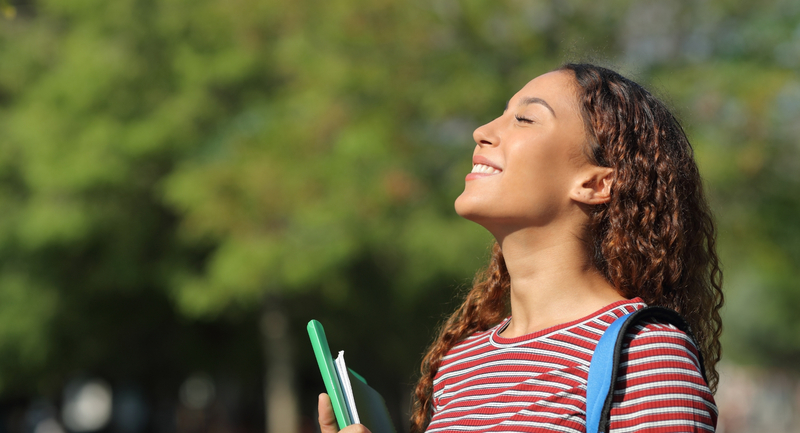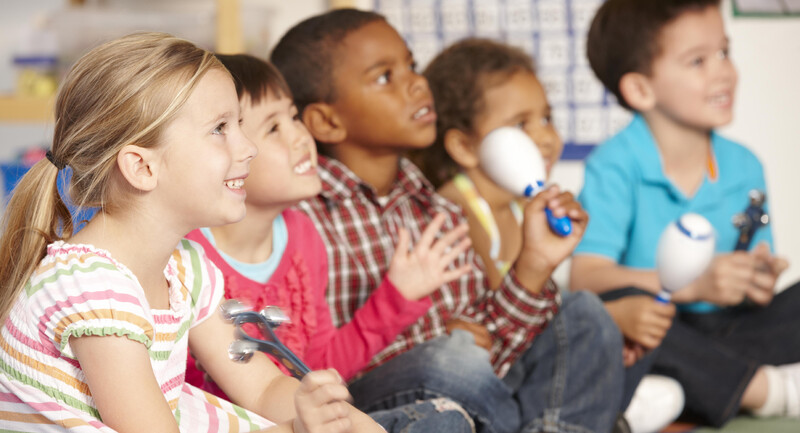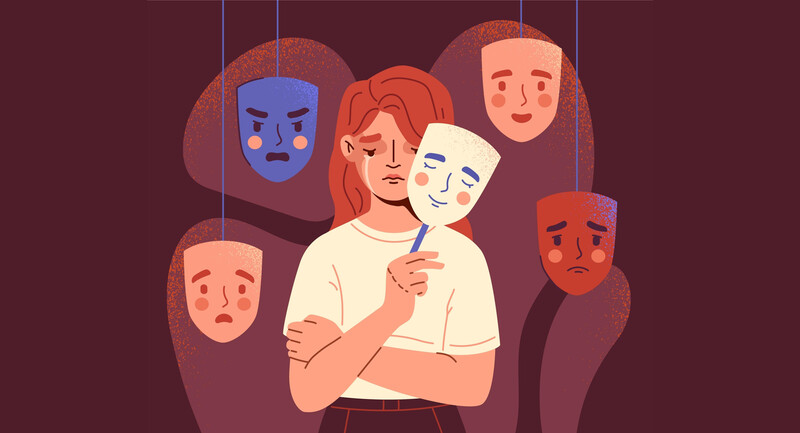This week is Thanksgiving. No matter your feelings on the holiday itself—whether mired in a quest to teach it more accurately or dreading the gathering of family with “diverse” political views—it’s a good time to practice gratitude. You might want to start by taking the gratitude quiz from the Greater Good Science Center at UC Berkeley to reflect on the degree to which you value the good in your life (note: I scored a mediocre 71 out of 105—which means I’m a grateful person with room to improve).
According to the Character Lab, gratitude is simply “appreciating what you’ve been given.” As the additional readings at the end of this post emphasize, there are myriad ways to weave gratitude into your daily practice.
But did you know that practicing gratitude also has big benefits for students?
Studies show that youth who deliberately practice gratitude have higher GPAs; experience more positive emotions; and, ultimately, go on to live more meaningful lives. In addition, gratitude among middle school students can foster an increased sense of hope and trust in others and fuel a desire to give back to their community (ASCD, 2013).
Yet gratitude "doesn't come easy" for some of us. And it's certainly not a panacea for the stress and anxiety brought on by the pandemic. But if you're looking for a way to cultivate positive emotions in your classroom, it's worth giving gratitude a shot.
How, exactly, can teachers develop this skill? To get this answer, we dug deep into the ASCD archives. The article “Tapping into the Power of Gratitude” presents a list of seven simple (yet timeless) ways teachers can foster a sense of gratitude among students.
Here’s that list, expanded and revised.
Seven Ways to Cultivate Gratitude in Your Classroom
1. Think intentions, costs, and benefits.
Researcher Giacomo Bono suggests that when students express gratitude, educators should encourage them to notice intentions (the thought behind the gift that they received), appreciate costs (someone went out of her way or made sacrifices to help them), and recognize the benefits (someone provided them with a gift or a kind act that has personal value).
2. Use a gratitude journal.
This may be one of the simplest ways to increase gratitude. In a 2008 study, middle school students who regularly wrote about what they were thankful for reported greater optimism and a more positive outlook on their school experience. Educator Owen Griffith provides some great journaling tips here. And if you want to "upgrade" kids' practice, encourage them to thank the people in their lives face-to-face.
3. Lead gratitude activities.
Have students write a thank-you letter to someone in their lives, participate in gratitude circles, or contribute to a gratitude wall or bulletin board. Vicki Zakrzewski, the education director of the Greater Good Science Center, shares this helpful list of gratitude activities.
4. Pair students to increase cooperation.
Gratitude can emerge organically in mixed-ability grouping that allows students to complement one another's strengths.
5. Use question prompts.
For example, when students come into school on Monday mornings, ask them what their favorite part of the weekend was, says Bono. Then, follow up with, “Did someone help make that happen?” Or, if they faced a particular challenge, ask, “Did someone help you overcome it?” Bono explains, "It's easy in the day-to-day conversations that you have with a child to talk about the people who were responsible [for a positive event]."
6. Encourage service learning.
Service learning gives students an opportunity to experience and reflect on the struggles and needs of others. Each discipline poses opportunities for service learning around a social justice question or authentic community need.
7. Model it!
The key to cultivating gratitude in your classroom is to make it part of your own routine. By modeling gratitude, you encourage students to do the same, and, according to the Greater Good Science Center, teachers who practice gratitude "feel more satisfied and accomplished, and less emotionally exhausted, possibly reducing teacher burnout."
Additional Reading from ASCD
Hey Principals, Let's Show Some Gratitude
ASCD author and longtime principal Thomas Hoerr shares some routine ways principals can show gratitude to the teachers and staff in their building. He suggests forming a habit of writing a thank-you note to a teacher, staff member, or colleague before leaving school each day.
Positive Traditions Make Happiness a Habit
Make the practice of writing “positive notes” a classroom routine, suggests ASCD author and educator Chase Mielke. “Once a week, have students write affirmations or notes of gratitude to their classmates and drop them in a box for you to review and hand out. Students can remain anonymous if they choose. I also allow my students to write shout-outs that I read aloud at the end of the class.”
Creating the Grateful School in Four Phases
Educator and gratitude expert Owen Griffith shares how leaders can infuse small acts of gratitude to energize their schools and create a positive, thriving culture. He suggests four phases: 1) practice gratitude personally, 2) integrate gratitude activities with staff, 3) spread gratitude to students, and 4) keep applying gratitude.
Building a School Culture of Appreciation
Jamil Maroun, a district administrator in New Jersey, shares five guiding practices that his team engaged in to create a sense of community and a positive school climate. Among them: Use (and verbalize) a “we” not “I” mindset. “We is the most powerful word a school leader can use,” writes Maroun. “It means that the leader has heard his team’s opinions, values their efforts, and gives credit where credit is due.”








